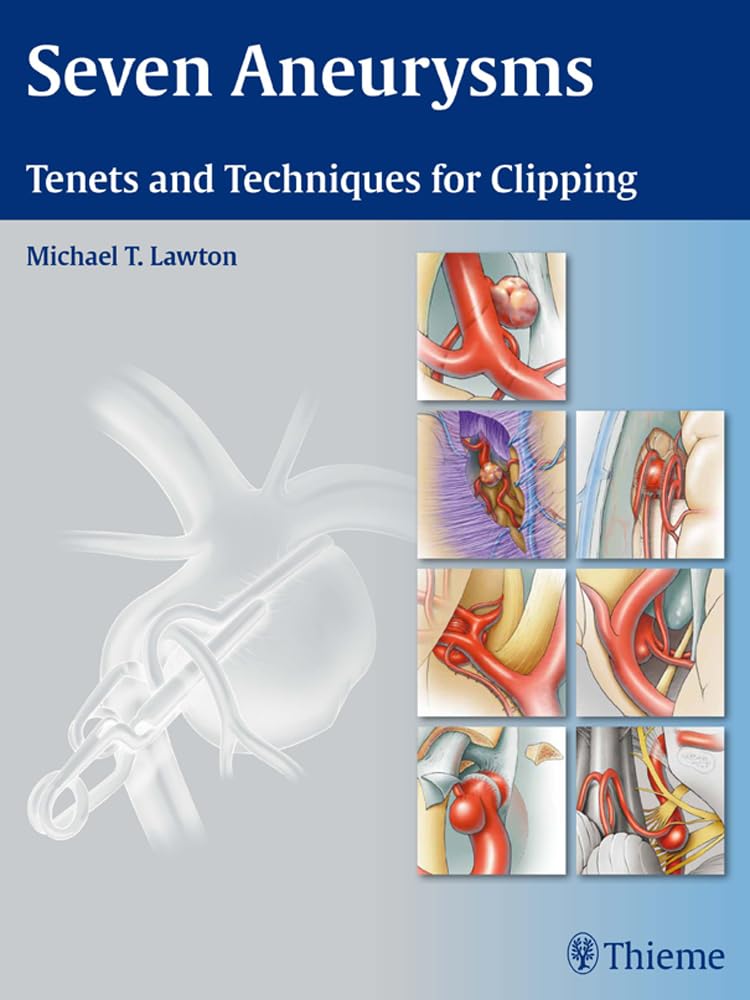Seven Aneursms
Seven Aneursms is backordered and will ship as soon as it is back in stock.
Couldn't load pickup availability
Genuine Products Guarantee
Genuine Products Guarantee
We guarantee 100% genuine products, and if proven otherwise, we will compensate you with 10 times the product's cost.
Delivery and Shipping
Delivery and Shipping
Products are generally ready for dispatch within 1 day and typically reach you in 3 to 5 days.
Book Details
-
Author: Lawton
-
Publisher: Thieme
-
Edition: First Edition
-
Binding: Hardcover
-
Number of Pages: 240
-
Release Date: 22nd November 2010
-
ISBN: 9781604060546
-
Languages: English
-
Package Dimensions: 11.2 x 8.7 x 0.6 inches
About the Book
Seven Aneurysms: Tenets and Techniques for Clipping by Lawton is a definitive guide for neurosurgeons, combining the instructive depth of a textbook with the visual clarity of an atlas. This resource is designed to help both residents and practicing neurosurgeons navigate the complex techniques of aneurysm clipping with confidence.
The book is divided into three clear sections, each focusing on critical aspects of aneurysm microsurgery. It begins with the foundational concepts and tenets of aneurysm surgery, then explores various craniotomies and exposures essential for successful clipping. The final section dives into the microsurgical anatomy, dissection strategies, and the clipping techniques for the seven most common types of aneurysms, including PCoA, MCA, ACoA, OphA, PcaA, basilar bifurcation, and PICA.
With 383 full-color surgical photographs and 77 high-quality anatomical illustrations, the book provides visual clarity and detailed instruction on spatial relationships in aneurysm surgery. The succinct text offers easy-to-understand, step-by-step descriptions, making this guide an invaluable resource for both learning and quick reference.
Finalist in the 2012 IBPA Benjamin Franklin Awards, this book is praised for its superb illustrations, well-referenced text, and its historical significance in the field of aneurysm clipping. It serves as a vital tool for neurosurgery residents, fellows, and practicing neurosurgeons, empowering them to approach aneurysm clipping with expertise and precision.





